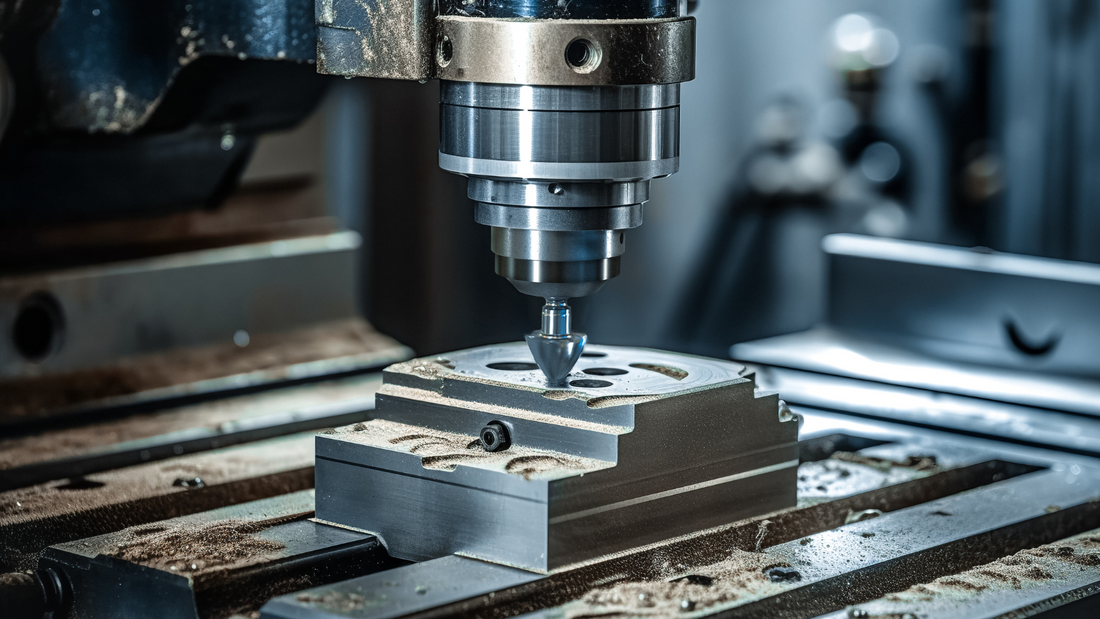Decoded vs. Encoded: Understanding the Data Flow in Industrial Automation
In industrial automation, clear communication between machines is the lifeblood of a smooth operation. Imagine a factory floor—robots whirring, conveyor belts humming, and sensors constantly gathering data. But these machines don't all speak the same language. They generate and receive information in various formats, some complex and analog, others digital and concise. This is where the encoding and decoding steps in. They act as the translators, ensuring seamless communication between these machines, preventing misunderstandings, and ultimately keeping your production line running like a well-oiled machine.
What is Encoding?
Imagine you have a complex message with lots of information. Encoding is like packing that message into a simpler format, like a secret code, for easier transmission. In industrial automation, encoding often involves converting analog signals (like temperature readings) into digital data (like numbers) that computers can understand.
Here's a real-world example: A sensor measures the pressure in a pipe. The pressure itself is an analog signal, but to send this information to a controller, it needs to be encoded into a digital format.
What is Decoding?
Decoding is the opposite of encoding. It's like taking the simplified message and turning it back into its original form. In automation, decoding translates digital data back into a format that machines can use to perform actions.
Think of it like this: The controller receives the encoded pressure data from the sensor. It then decodes this data to understand the actual pressure reading and can adjust a pump accordingly.
Why are Encoding and Decoding Important?
These processes ensure smooth communication between different parts of an automated system. They help to:
- Reduce errors: Encoding and decoding minimize the chance of misunderstandings between devices using different languages.
- Optimize performance: By converting data into a more efficient format, these processes can improve transmission speed and system responsiveness.
- Increase flexibility: Encoding and decoding allow various devices to communicate within a single system, regardless of their native language.
Finding the Right Parts for Your Automation Needs
Whether you're dealing with encoding or decoding tasks, having the right industrial automation parts is crucial. At Ralakde Automation, we offer a wide range of components to support your automation needs. From sensors and controllers to converters and communication modules, we have the tools you need to build a reliable and efficient system.














































































































